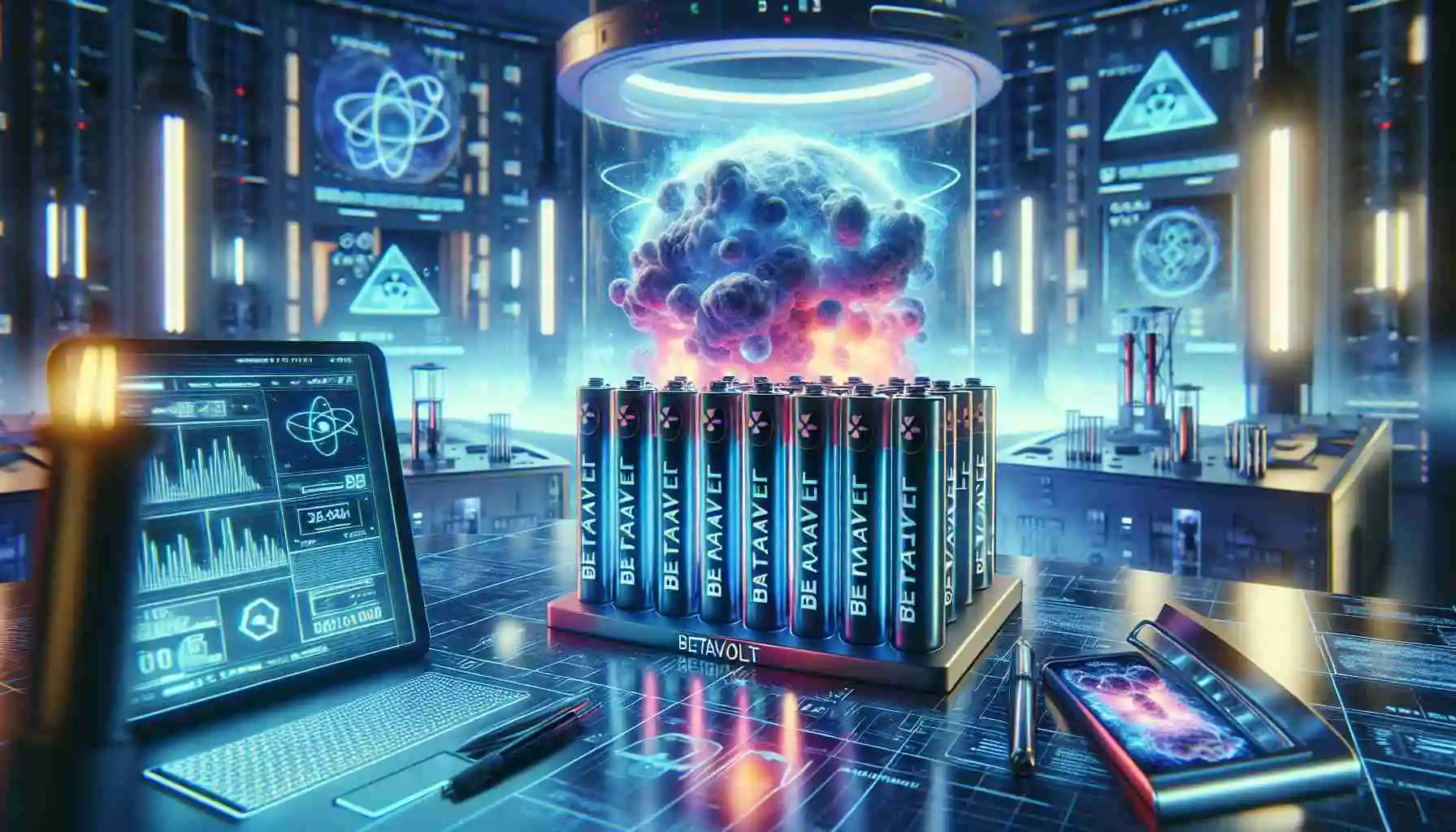In the quest for long-lasting, reliable energy sources, a new design for a tiny nuclear-powered battery has the potential to revolutionize space and deep-sea exploration. Powered by the radioactive decay of americium, this innovation promises unprecedented efficiency, far surpassing previous attempts. The nuclear battery could provide stable, long-term energy in environments where traditional power sources simply aren’t viable, offering a solution for applications in some of the most remote and challenging areas of exploration.
This remarkable advancement, achieved by Shuao Wang and his team at Soochow University in China, brings the idea of nuclear batteries one step closer to practical reality. Wang’s design improves the efficiency of such batteries by a staggering factor of 8,000.
Let’s take a deeper dive into how this tiny nuclear powerhouse works and the promising future applications for this groundbreaking technology.
What Makes This Tiny Nuclear Battery Special?
The idea of using radioactive elements for long-lasting energy isn’t new. Since the early 1900s, researchers have sought ways to harness the decay of radioactive atoms to create energy. However, earlier prototypes of nuclear batteries, though they were used in some space missions, suffered from inefficiency and limited application.
This new nuclear battery, however, is different. It relies on americium, an element typically considered nuclear waste, to generate power. When americium decays, it releases alpha particles that carry significant energy. In most cases, these particles would quickly lose energy to the environment, making them inefficient for power generation.
However, Wang’s team developed a novel solution to this problem. They embedded americium into a polymer crystal, which can absorb and convert the energy from alpha particles into a steady and stable green glow. This glowing crystal is then paired with a thin photovoltaic cell, which converts light into electricity. Finally, the entire setup is housed in a tiny quartz cell, measuring just a few millimeters in size.
The result? A highly efficient, tiny nuclear battery that produces a stable supply of electricity over time, using only minimal amounts of radioactive material.
Efficiency That’s Never Been Seen Before
Efficiency has always been a significant challenge in the development of nuclear batteries. However, Wang’s design has shattered previous records by improving the efficiency by a factor of 8,000. Over 200 hours of testing, the device produced a stable, relatively high energy output, making it the most efficient nuclear battery ever designed.
Michael Spencer, a researcher at Morgan State University in Maryland, praised the new battery’s design, highlighting its improved conversion efficiencies and power output compared to previous iterations. However, Spencer also noted that while this tiny nuclear battery is efficient, it still produces far less power than conventional energy sources. To put this into perspective, it would take 40 billion of these batteries to power a 60-watt light bulb.
Long-Lasting Power: How Does It Compare?
One of the key advantages of this nuclear battery is its longevity. The americium used in the battery has a half-life of 7,380 years, which means it remains radioactive for thousands of years. While the battery itself won’t last that long, it could still function for decades, providing a stable power source for long-term missions.
Despite its impressive lifespan, the nuclear battery’s lifespan is ultimately limited by the components surrounding the americium sample, which will eventually degrade due to radiation exposure. However, even with this limitation, the battery represents a significant leap forward in energy technology, offering power solutions for situations where long-lasting, maintenance-free energy is critical.
Future Applications: Powering Exploration in Extreme Environments
So where can we expect to see this tiny nuclear battery used? According to Wang and his team, the primary applications would likely be in extreme and remote environments where traditional power sources are impractical or impossible. This could include deep-sea exploration, space missions, and remote monitoring stations on Earth.
For example, miniature sensors in deep-sea environments or space probes traveling far beyond our solar system could benefit immensely from the longevity and reliability of nuclear batteries. These sensors need continuous power for long durations in environments that are either too dangerous or too inaccessible for regular maintenance. A tiny nuclear battery capable of lasting for decades without maintenance could be a game-changer.
Wang’s team is also working on further improvements to the battery’s design, aiming to increase its power output and make it easier and safer to use. They’re also focused on reducing the risks associated with handling radioactive materials, making the battery more practical for widespread application.
The Road Ahead: Challenges and Opportunities
Despite the groundbreaking advancements in nuclear battery design, challenges remain. Although the americium-powered battery is significantly more efficient than previous designs, its power output is still relatively low when compared to conventional power sources. This makes it suitable for specific, low-power applications, but it’s not yet a viable alternative for large-scale energy generation.
Moreover, the radioactive nature of americium presents safety concerns that must be addressed before the battery can be deployed in everyday use. Handling and disposing of nuclear waste is a complex and expensive process, and ensuring the battery is safe for use in sensitive environments will be critical to its success.
Nevertheless, this tiny nuclear battery is a significant milestone in the ongoing quest for long-lasting, reliable energy. With further refinement, it could become an essential tool for powering the future of space exploration, deep-sea research, and other missions that take humanity to the most remote and challenging corners of the universe.
Explore More:
- NASA Space Power Solutions
- Americium: A Key Element in Power Innovation
- Solar & Photovoltaic Cell Technologies
- Learn about Polymer Crystals for Energy
For More Updates: Emerging Technologies


